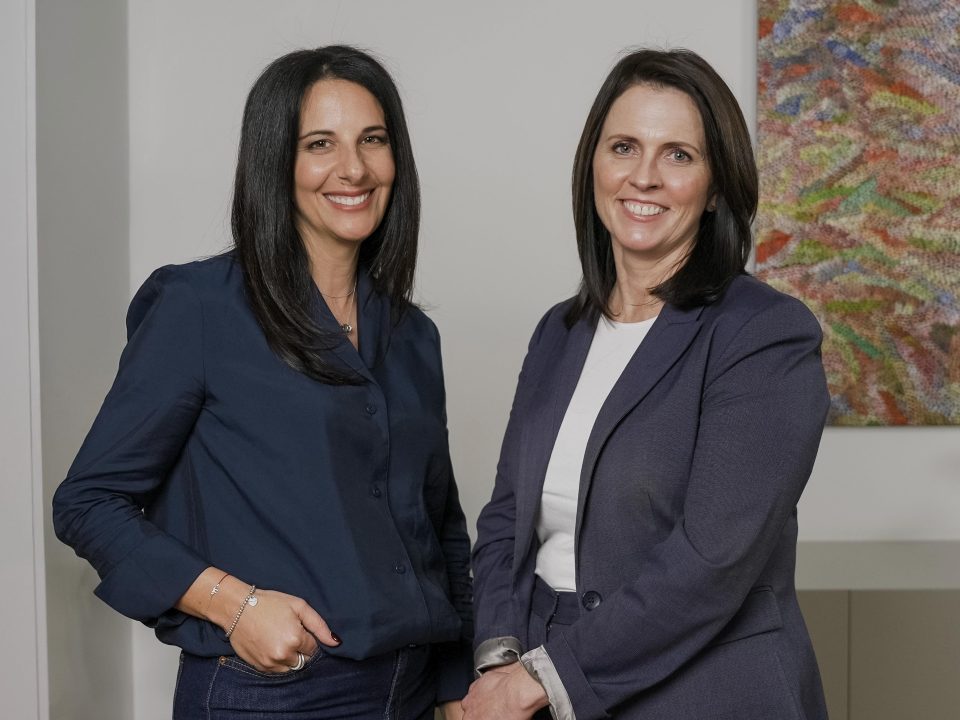Caught in the middle, sandwich carers are feeling the squeeze.
Sandwich carers are growing in number as three trends converge: people are having children later, children are staying at home longer, and older people are living longer.
This demographic shift is creating an environment where caregiving responsibilities fall disproportionately on women, who make up 91% of sandwich carers (ABC, 2024). What’s more, 40% of these women are also in paid employment, creating a precarious balancing act between work, childcare, and supporting ageing parents.
As people live longer, many sandwich carers are looking after their ageing parents while being on the cusp of retiring themselves, or at least planning their retirement – creating a multi-layered caregiving challenge that can derail financial security and mental wellbeing.
Transitioning Well’s co-director, Dr. Sarah Cotton, explains that many sandwich carers don’t even recognise their situation. “Many sandwich carers don’t identify themselves as such, attributing their stress and juggling act to ‘just life,'” she says. “The key is to normalise the conversation, encourage self-reflection, and acknowledge the immense responsibility they carry.”
Communication that works
Open communication with leaders is crucial says Sarah. Ideally, a supportive work environment fosters regular check-ins where sandwich carers can discuss their changing needs and explore flexible options. This might include adjusted schedules, remote work opportunities, or temporary leave arrangements.
Creative solutions
Sandwich carers require innovative solutions. According to Sarah, leaders can explore implementing flexible work models, offering childcare or eldercare backup plans, or even creating peer support groups within the organisation. “The key is to move beyond traditional supports and embrace creative approaches that meet individual needs.”
Beyond the office
Support shouldn’t be confined to the office says Sarah. “Encouraging sandwich carers to also connect with community resources empowers them to seek help beyond the workplace.” Opening up honest and courageous conversations with with siblings, partners, and other family members can also significantly alleviate burdens and, for women, help them not fall into the default “daughter trap”.
Don’t go it alone
Supporting sandwich carers is a shared responsibility. Individuals must advocate for themselves, but workplaces have a role to play in fostering understanding, offering flexibility, and connecting their people to resources. By working together, we can create a more supportive environment for this growing segment of the workforce, allowing them to thrive both personally and professionally.
STRATEGIES TO SUPPORT CARERS IN THE WORKPLACE
- Encourage flexible family arrangements, including flexible use of family leave in the family’s interests, across the various care transitions.
- Provide education to the whole organisation about emotional and mental health at this life stage to increase capacity to identify and respond should they identify distress in themselves or others.
- Provide access to carer-related support and direct services, including Employee Assistance Programs (EAPs) and dependent care assistance programs for mental health support if needed.
- Provide access to job-protected paid family leave and Parental Leave, available equally to all parents and carers.
- Champion and promote flexibility in senior leadership roles, so this is not seen as a barrier to professional development.
- Establish peer networks to help individuals connect with and learn from the experiences of others.
- Tackle gender equity at the start – visibly support and enable dads and non-birth partners to take longer periods of parental leave. Supporting dads and non-birth partners to take leave signals a greater investment in family life—reducing the burden on the mother and strengthening parental relationships. Use senior leadership as role models and explicitly address concerns about taking leave, reassuring workers of career growth and promotion opportunities.
- Provide easy and independent access to policies and procedures so that workers can see what is available without having to ask.
- Don’t ‘set and forget’. Consider what support is needed for all types of family carers, and how those needs change over time. For example, parenthood involves ongoing transition points as children grow from babies and toddlers to school-aged children and into adolescents.
Support for your sandwich carers
At Transitioning Well, we take the time to understand your organisation’s unique caregiving challenges to develop workshops that address the specific needs of your people.
To learn more about how Transitioning Well can help support parents and carers in your workplace, take a look at our transition coaching resources.



